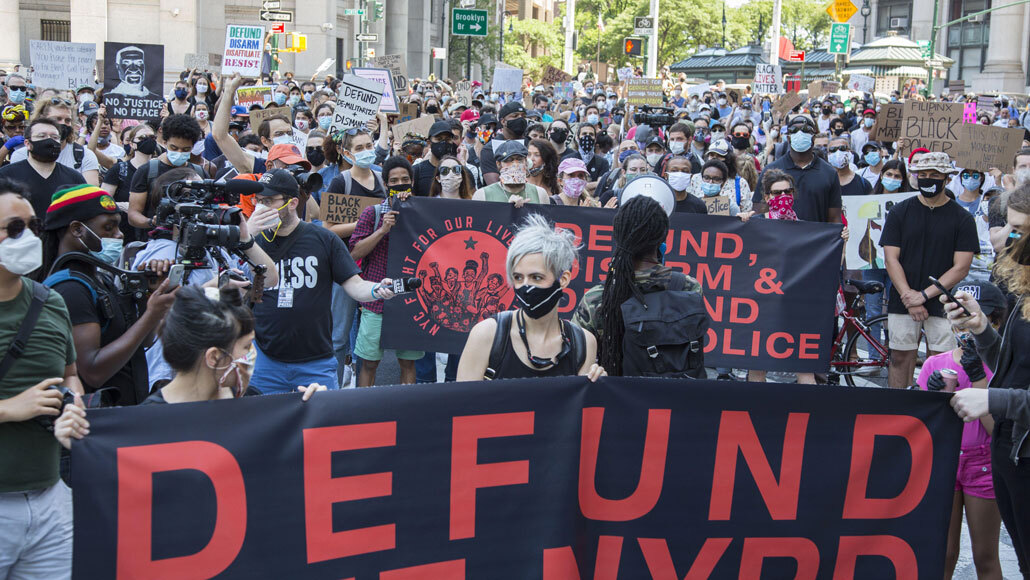There’s little evidence showing which police reforms work
Rapid research is needed to find out what efforts are most effective

Following the death of George Floyd in Minneapolis, after a white police officer restrained the unarmed Black man by kneeling on his neck, activists around the country, like these in New York City, have called on civic leaders to defund the police.
David Grossman/Alamy Stock Photo